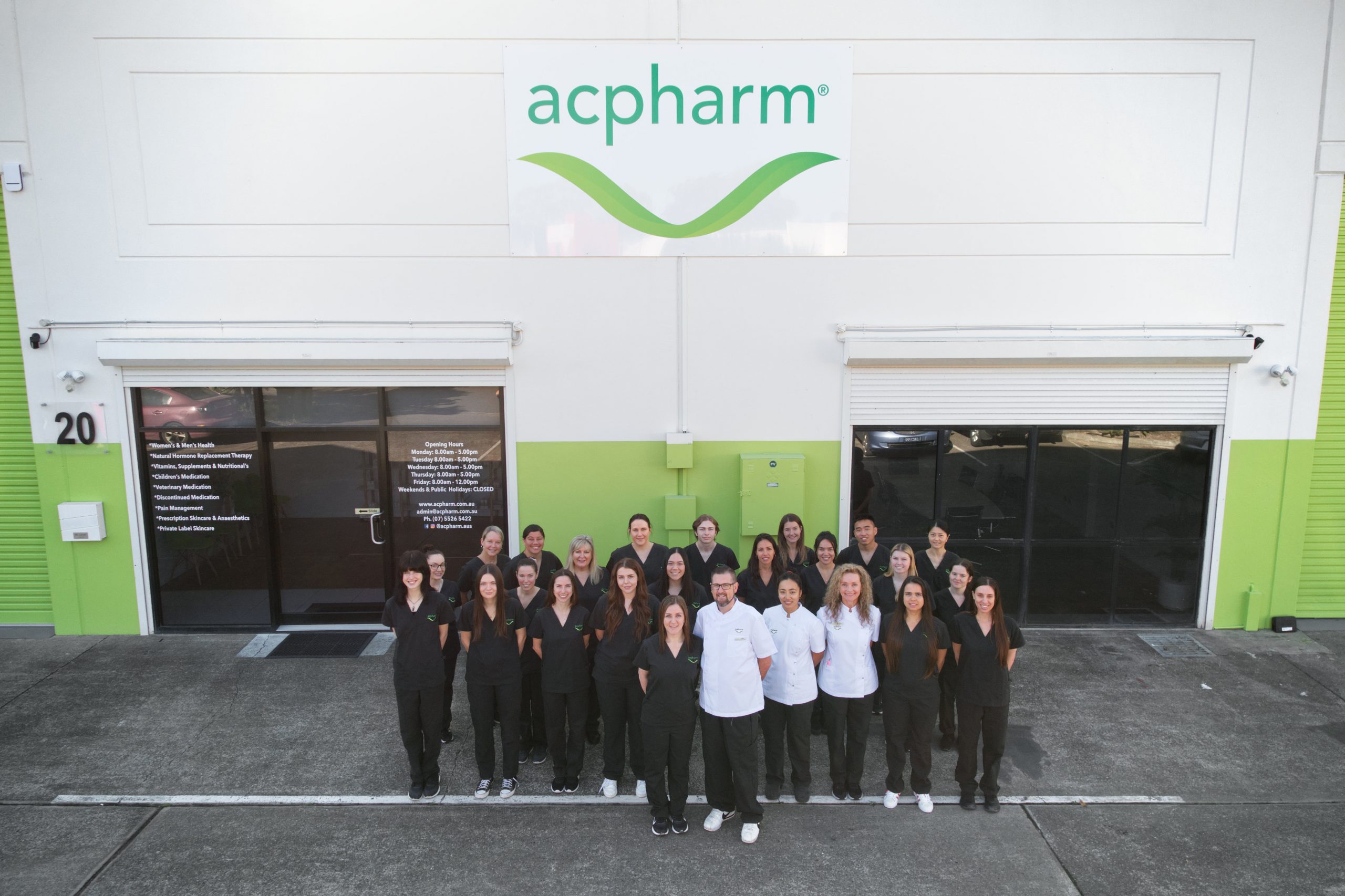Introduction
In the realm of personalized medicine, compounding pharmacies play a pivotal role in meeting the unique needs of patients. These pharmacies are known for their ability to create customized medications that cater to individual requirements. One such versatile compound gaining prominence is Palmitoylethanolamide (PEA). PEA is a fatty acid naturally produced within the body and has been studied for its potential therapeutic benefits. In the world of compounding, PEA is becoming an invaluable tool for formulating tailored treatments. In this article, we will explore the uses, benefits, and compounding applications of Palmitoylethanolamide, along with references to support its growing prominence.
Understanding Palmitoylethanolamide (PEA)
Palmitoylethanolamide, often abbreviated as PEA, is an endogenous fatty acid amide. It is naturally synthesized in our body as a response to various inflammatory and painful stimuli. PEA is a multifaceted compound with a wide range of potential therapeutic applications, particularly in the field of pain management and neuroprotection.
- Pain Management
One of the primary applications of PEA is in the management of chronic pain. Research suggests that PEA interacts with the endocannabinoid system, helping to regulate pain and inflammation. It does so by targeting specific receptors in the body, such as PPAR-α and GPR55, to modulate pain signals and inflammation.
PEA’s anti-inflammatory and analgesic properties have been widely studied in various conditions, including neuropathic pain, osteoarthritis, and fibromyalgia. Compounded PEA formulations allow pharmacists to create customized pain management solutions, tailoring the concentration and delivery method to the patient’s specific needs.
- Neuroprotection
Beyond its pain-relieving properties, PEA has shown promise as a neuroprotective agent. Research indicates that PEA can support nerve cell health, potentially making it beneficial in neurodegenerative disorders such as Parkinson’s disease and Alzheimer’s disease. Compounding pharmacies can prepare PEA formulations that target specific neurological conditions, giving patients access to personalized treatment options.
Compounding PEA: Tailoring Treatment to the Individual
Compounding pharmacies are uniquely positioned to harness the therapeutic potential of PEA by creating customized formulations. Here’s how PEA can be compounded for personalized treatment:
- Dosing Flexibility: PEA can be compounded into various forms, including capsules, creams, gels, and even transdermal patches. This flexibility allows compounding pharmacists to tailor the dosage and administration route to the patient’s preferences and needs.
- Combination Therapies: Compounded PEA formulations can be combined with other active ingredients to create multifaceted treatments. For example, it can be blended with other analgesics or anti-inflammatory agents to enhance its therapeutic effects while minimizing side effects.
- Allergen-Free Options: Patients with allergies or sensitivities to certain excipients or fillers in commercial medications can benefit from compounded PEA formulations, which can be prepared without these allergenic components.
- Specialized Delivery Systems: Compounding pharmacies can develop innovative delivery systems, such as liposomal PEA formulations, which enhance the bioavailability of the compound, potentially leading to better therapeutic outcomes.
References Supporting PEA’s Efficacy
- Skaper, S. D., Facci, L., Fusco, M., Della Valle, M. F., & Zusso, M. (2017). Palmitoylethanolamide, a naturally occurring disease‐modifying agent in neuropathic pain. Inflammopharmacology, 25(6), 549-557.
- Di Cesare Mannelli, L., D’Agostino, G., & Pacini, A. (2018). Palmitoylethanolamide is a disease-modifying agent in peripheral neuropathy: pain relief and neuroprotection share a PPAR-α-mediated mechanism. Medicinal Research Reviews, 38(3), 941-966.
- Esposito, E., & Cuzzocrea, S. (2013). Palmitoylethanolamide in homeostatic and traumatic central nervous system injuries. CNS & Neurological Disorders-Drug Targets (Formerly Current Drug Targets-CNS & Neurological Disorders), 12(1), 55-61.
Conclusion
Palmitoylethanolamide (PEA) is emerging as a valuable compound in the arsenal of compounding pharmacists. Its multifaceted therapeutic properties make it a versatile option for personalized medicine, particularly in the domains of pain management and neuroprotection. Compounding allows pharmacists to create tailored PEA formulations that meet the unique needs of individual patients, providing them with effective and customized treatment options. As research into PEA continues to expand, its role in compounding is likely to grow, offering hope for patients seeking personalized therapeutic solutions.


